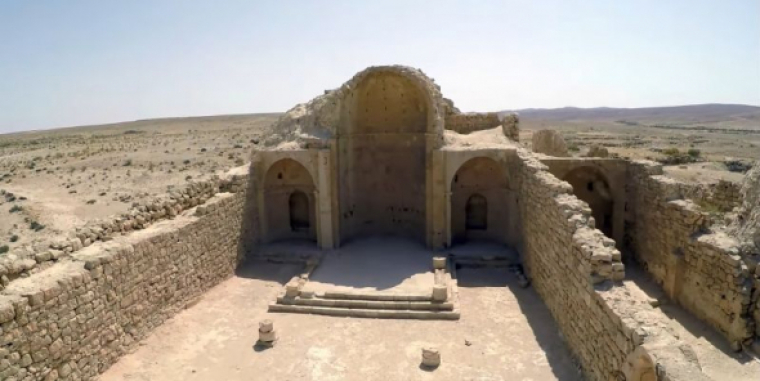Early Depiction of Jesus Discovered in Israel: Curly Hair, Long Face, 'Not Like Western Image'

A newly discovered artistic depiction of Jesus in the ruins of an ancient Israeli church portrays Christ differently from Western conceptions, with curly hair and a long face.
Art historian Emma Maayan-Fanar told Haaretz that the painting was discovered in the ruins of Shivta, formally a Byzantine farming village in Israel's Negev desert.
"His face is right there, looking at us," Maayan-Fanar said of the eroded painting found at the ruins of a church, meant to depict Jesus' baptism.
She explained that unlike Western perceptions that often portray Jesus with flowing long hair, the Shivta painting depicts Him with short curly hair, a long face and an elongated nose.
The exact date of the artwork is not yet known, though Shivta is believed to have been founded sometime in the 2nd century C.E.
Another painting of Jesus in the ruins of Shivta discovered earlier symbolizes the transfiguration, but does not depict His face.
Though the ancient village was first discovered in 1871 and has been the subject of much archaeological work, Maayan-Fanar believes she is the first to discover it is Christ's image underneath the centuries of dirt on the painting.
Read more about Early Depiction of Jesus Discovered in Israel: Curly Hair, Long Face, 'Not Like Western Image' on The Christian Post.